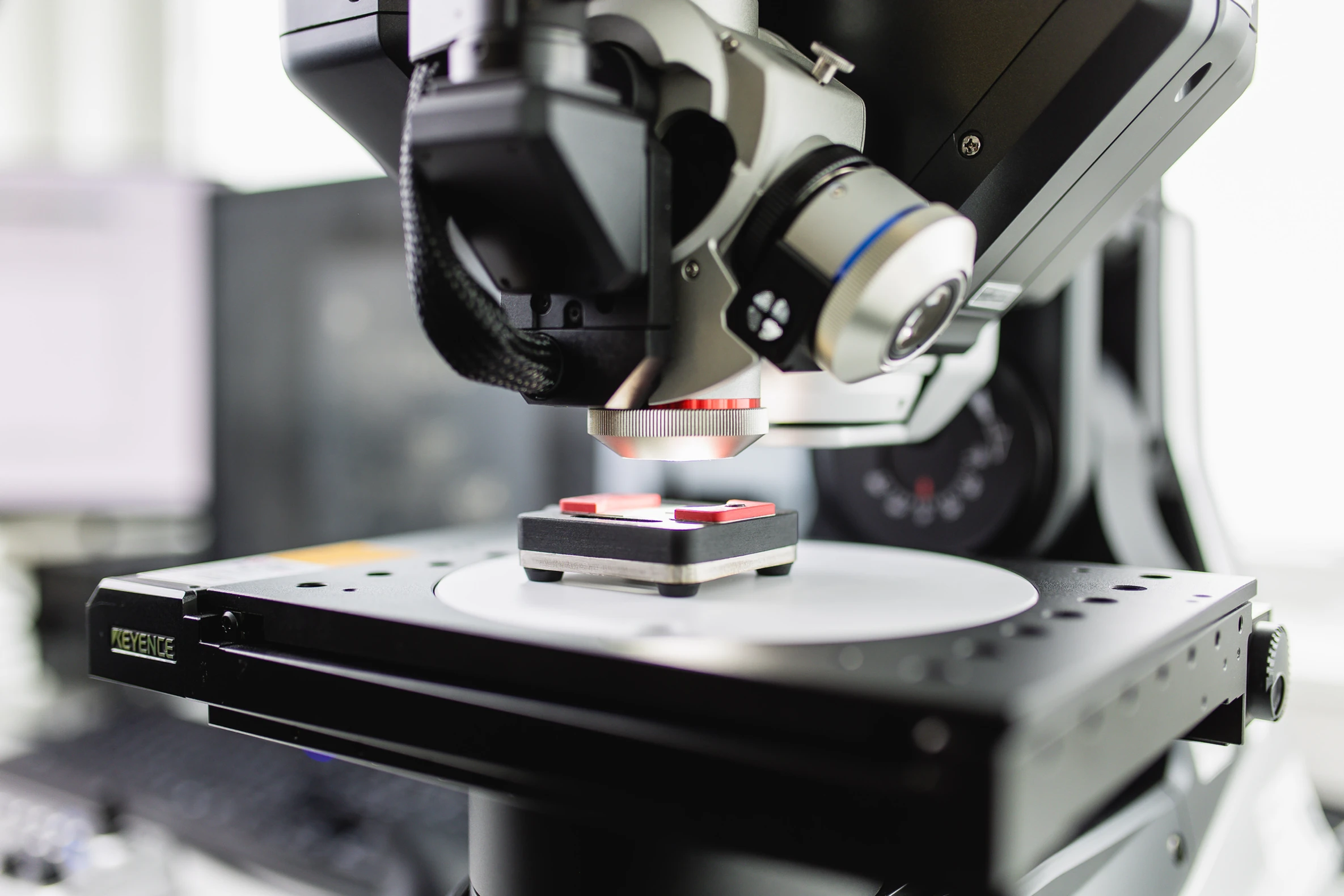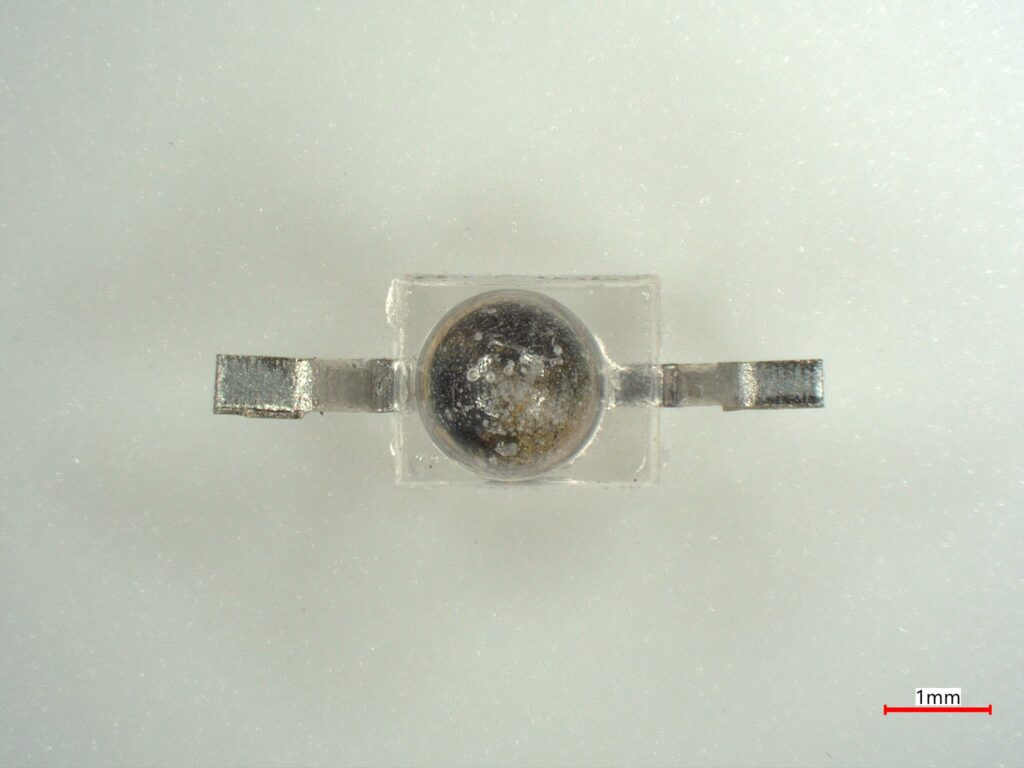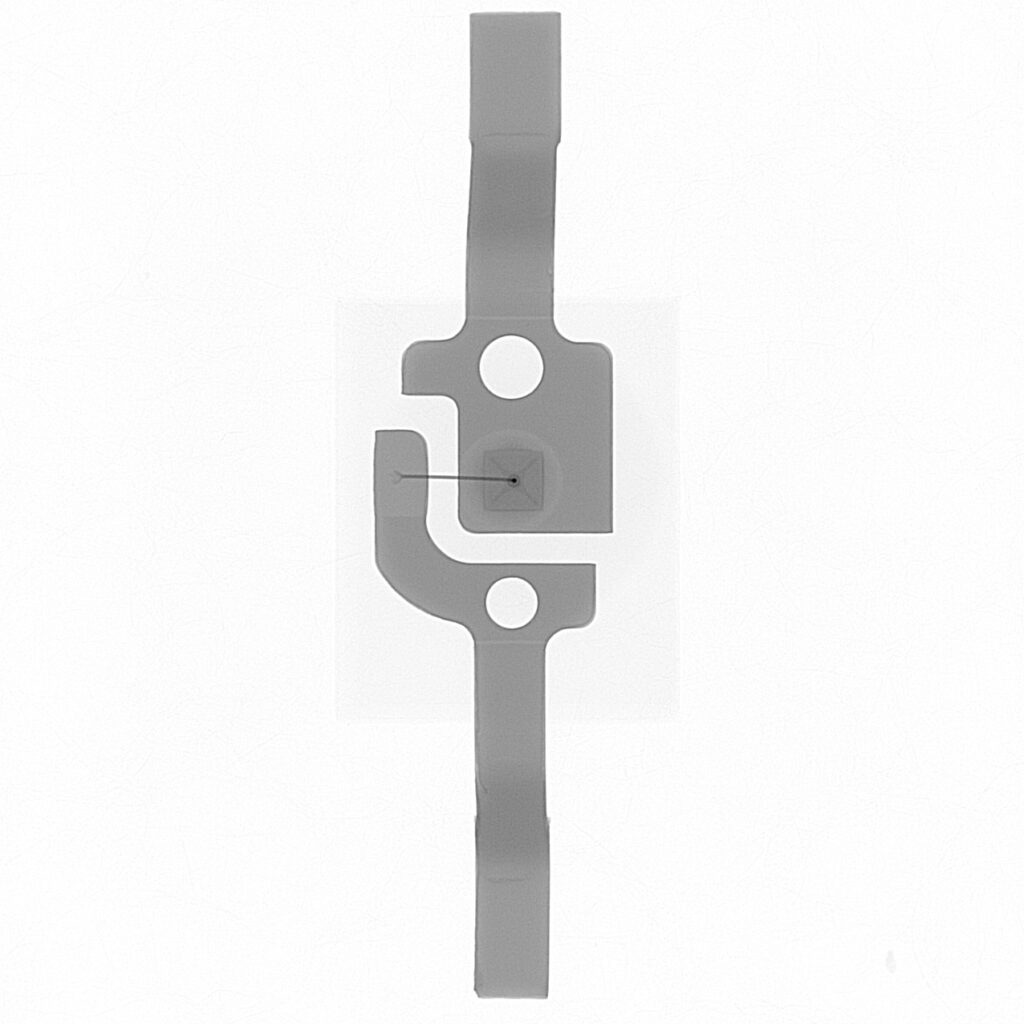Tampered Components? Use These Strategies to Detect Counterfeits
10. October 2023
The semiconductor industry continues to grapple with isolated supply bottlenecks, leading to prolonged waiting times for certain series. Beyond the inherent bottlenecks for electronic parts, the semiconductor crisis has intensified the trend towards tampered and counterfeit components. To prevent production halts and unforeseen supply disruptions, companies are confronted with the challenge of curbing the circulation of fake parts.
Which Early Warning Systems Could Help?
An effective method for detecting counterfeiting and tampering at an early stage is to choose suppliers from the free market who have a systematically assured quality strategy. However, the days when counterfeits were relatively easy to spot, such as through poorly copied logos or incorrect labeling, are gone. Since 2018, the potential for profit in the semiconductor market has been on the rise, accompanied by minimal legal risk. Distinguishing tampered components from the originals requires significant effort. Therefore, effective analysis methods for determining authenticity are essential for quality assurance. It is crucial to employ state-of-the-art analysis methods to detect counterfeits.
Refurbishment, Tampering, Counterfeiting
Not only do counterfeiters employ varied methods, but the counterfeits themselves are also diverse. Generally, component manipulations can be categorized into three groups:
Refurbishment
“Refurbished” is the term used to describe tampered components obtained primarily from electronic waste. These components are desoldered from their original circuit boards and cleaned. Often, any old labeling on the components is removed. Subsequently, a varnish – known as blacktopping – is applied, and the component is sold as new. While this might sound sustainable, it is misleading: the origins and operating conditions of components from e-waste remain unknown. As a result, the components either fail to work initially or break down after a brief period in the new application. Consequently, entire batches of printed circuit boards are returned as electronic waste, significantly increasing the CO2 footprint of production.
Label Tampering
This is typically more difficult to detect. Counterfeiters utilize genuine original components and, by making slight modifications to the component labeling, lead others to believe they are higher-quality components capable of withstanding greater currents or higher operating temperatures, for example.
Clones/Counterfeits
Clones or counterfeits are replicas of components designed to mimic the original. Typically, these are produced using inferior manufacturing processes, and they rarely match the reliability of the genuine component. Depending on the item, the original manufacturer’s markings might be omitted. For passive components, like LEDs, counterfeiting might involve replicating only the label and outer packaging since these parts often lack individual labeling. Such parts are frequently marketed as having “full labels” complete with legible trace codes. Increasingly, counterfeiters are using authentic trace codes, making scrutiny all the more essential.
Examination and Testing Approaches for Each Case
To distinguish a counterfeit from the original, detailed investigations of the physical properties of the components are necessary. These investigations range from examining the external structure (e.g., using light microscopy, measuring the housing geometry, or conducting a wipe test, see Fig. 1) to analyzing the internal structure (e.g., using x-ray, see Fig. 2).
Various properties are examined to determine whether a component has been relabeled or re-declared. The acetone wipe test, for instance, can be employed to detect tampering, such as the application of paint layers. However, counterfeiters continually advance their methods in this area. As a result, the techniques they use might not be detectable with standard methods, indicating that the examination of a single parameter, such as through a wipe test, is not adequate.
In light of the current situation, it is strongly recommended to select a supplier from the open market that has adopted systematic counterfeit detection strategies. The AS6081, AS6171, and IDEA-STD-1010 standards stand out as the most significant guidelines in this context. Adhering to these standards is essential to guarantee the reliability of the final product and maintain a low rate of complaints.
To address this challenge, SI Electronics has integrated extensive analytical methods into its in-house testing laboratory to ensure that even the most sophisticated counterfeits are detected.


Figure 1: Even components valued at just a few cents are vulnerable to counterfeiting. When examined under the light microscope, it becomes evident that the housing of the counterfeit components is significantly inferior to the original. While these components passed functional tests in the test laboratory, they could not match the reliability of the original component. In this case, both the label and the outer packaging of the original manufacturer were counterfeit.


Figure 2: For “simple” passive components, counterfeiting the outer packaging is often sufficient to market an inferior product as a high-quality original. In the example provided, it’s evident that cost savings were primarily achieved by skimping on the (expensive) semiconductor. The emitter in the original component accounts for about 30 percent. Furthermore, the original has a different structure for the emitter. Detecting the forgery in this case requires a detailed examination.
The Author

Paul Braun, Ph.D. in Engineering, specializes in materials science and currently serves as the head of SI TechLAB. His main area of expertise is semiconductors. Before joining SI, Dr. Braun oversaw and refined testing processes at a renowned electronics laboratory in Bensheim, Germany. where he also led a team of 35. Dr. Braun received his bachelor’s, master’s, and doctoral degrees in materials science from the Darmstadt University of Technology.


